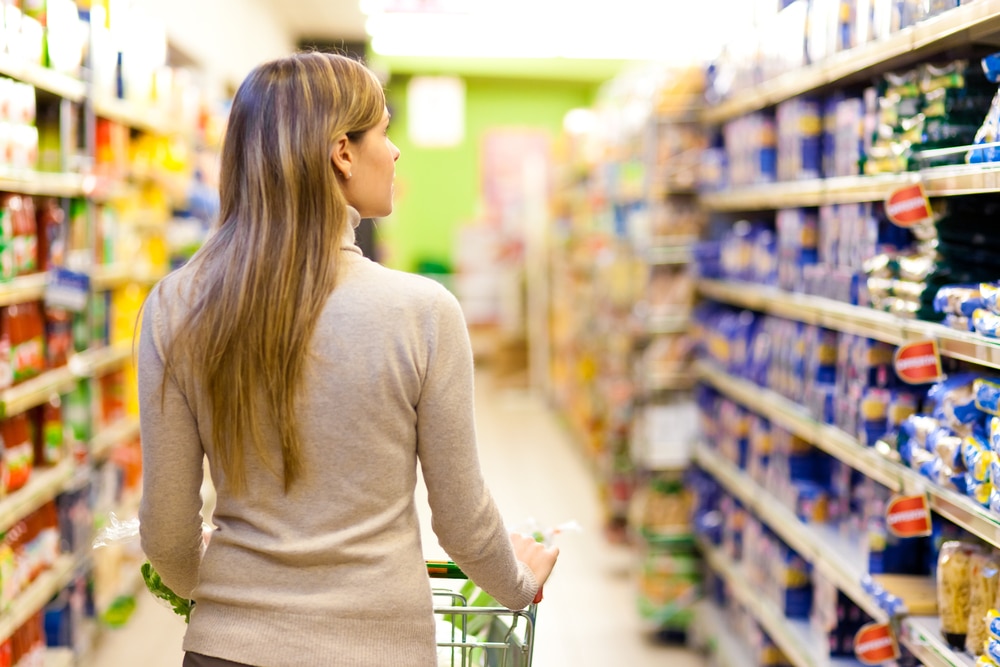According to the National Retail Federation, the economy is in good financial shape, and so are consumers. Continue reading “5 innovative ideas to increase sales in retail stores”
Month: October 2019
Why Shopkick should be a part of your CPG marketing strategy

It can be a challenge to stand out in a crowded supermarket aisle. Continue reading “Why Shopkick should be a part of your CPG marketing strategy”
3 attributes of the best retail loyalty programs

Attracting customers is often fairly easy for most retailers, but encouraging them to remain loyal and purchase again and again is more of a challenge. Continue reading “3 attributes of the best retail loyalty programs”
CPG brands can increase purchase intention by leveraging mobile
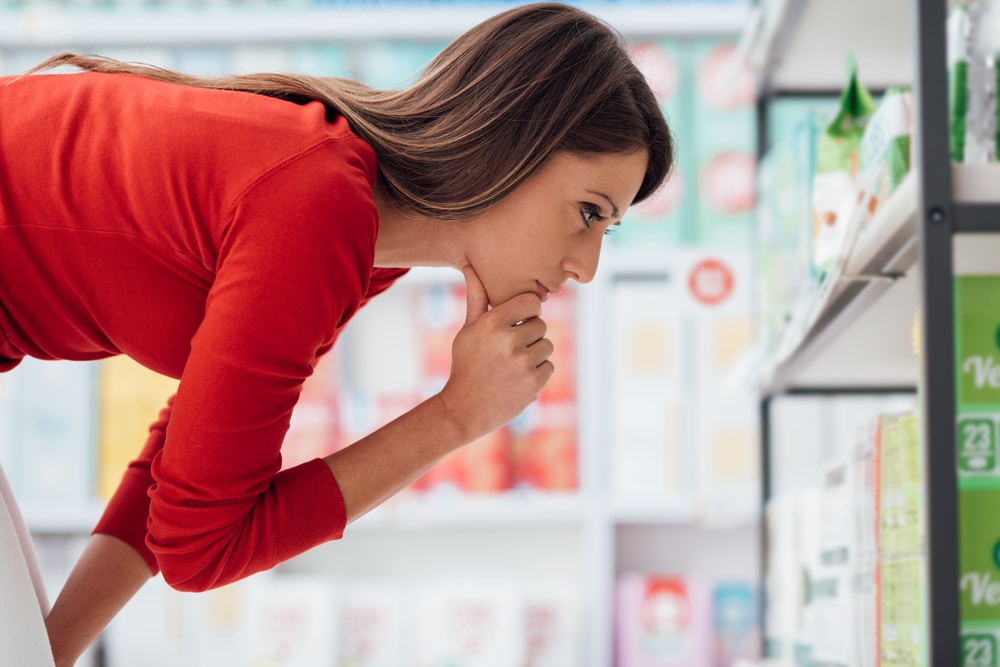
CPG brands have many reasons for wanting shoppers to purchase certain items. Continue reading “CPG brands can increase purchase intention by leveraging mobile”
Analyzing the effectiveness of location based marketing

Analyzing the effectiveness of location based marketing
However, by taking a more nuanced look at location-based marketing strategies, we’re forced to admit that there are significant challenges involved—namely, the massive problem of consumer buy-in. With technology as it stands in 2019, push notifications and in-app messaging are the primary tools that execute on location-based campaigns. Without customer engagement in these specific areas, even the strongest location-based marketing strategy could fail.
If your brand is preparing to invest further in location-based technology, be prepared to meet these inherent challenges head-on. The studies explored below illustrate how successful these strategies can be for retail brands across multiple categories—and by pursuing innovative solutions, you can ensure the effectiveness of location-based marketing in producing a positive ROI for your brand.
The True Effectiveness of Location Based Marketing
Though location-based technologies are still relatively new on the market, research is beginning to show their success. One particularly glowing report from Factual and Lawless Research surveyed 700 location data buyers—536 of which were consumer brands— and found that a vast majority were succeeding with location-based marketing strategies. Key stats from that report are highlighted below:
All in all, these statistics paint a very promising picture for brands considering the effectiveness of location-based marketing. Based on the potential for success, it would make sense for every retailer to experiment with location-based tools—and to prioritize solutions and applications that lessen the inherent challenges of this channel.
Surpassing the Challenges of Location Based Marketing
Push notifications are the most valuable player in the game of location-based marketing—but they’re also the biggest challenge. Push notifications have been found to increase app engagement by 88%. But a significant number of users choose to disable notifications in an effort to preserve privacy, productivity, or digital minimalism. How can location-based strategies succeed when only a percentage of smartphone users opt-in?
The Problem
According to a study from Accengage, only 43.9% of iOS users opt-in to push notifications. (The rate is much higher for Android users, who are automatically enrolled.) Beyond the point of download, the same study found that one weekly push notification inspires 10% of users to disable notifications and 6% to uninstall the apps altogether.
This could be attributed to the fact that, according to research from PushCrew, 31.37% of surveyed users don’t like getting push notifications at all. Of those who do, the vast majority prefer them to come from social media only.
The Solution
In order to maximize the effectiveness of location-based marketing strategies, brands have to find a way to get a wider audience to opt-in. The answer is to launch app touchpoints that add value far beyond what consumers normally get from retail brands.
Mobile proximity rewards apps provide a unique solution to this problem. Rather than slashing prices or offering coupons, an app like Shopkick gamifies the shopping experience and makes errands more like rewarding scavenger hunts. Users opt-in for the adventure, and are continually rewarded for engaging with targeted content in store aisles. When customers are engaging with a proximity marketing app regardless of push notifications, you know you’ve won.
Successful Location-Based Marketing Campaigns
Getting customers to accept a push notification when they are within a quarter-mile of your store is powerful. Incentivizing them to complete in-app video ads and actually pick up your products in store aisles? That level of engagement is priceless.
The following brands partnered with Shopkick to enhance their location-based marketing strategies and achieve game-changing results.
Purina
Purina used the Shopkick app to send proximity messaging to users when they entered Target stores, which effectively kept their brand top of mind during the shopping trip. The brand then followed up with targeted content that inspired consumers to break habitual shopping patterns and trial their products instead.
85% of shoppers reported that Shopkick motivated their decision to purchase, resulting in a significant increase in incremental sales for Purina.
Rimmel-London
Rimmel-London also capitalized on the power of proximity messaging to drive customers into Walmart, Target, Ulta, K-Mart, and drugstore locations. Direct product engagement through Shopkick’s trial-in-aisle program helped Rimmel-London shine through the clutter of the cosmetics aisle and gain new customers.
Through their campaign with Shopkick, Rimmel-London stole 14% of market share from their next competitor and earned a 5:1 ROI.
Household Cleaning Company
A leading household cleaning company used the Shopkick app to launch proximity messaging that greeted and rewarded customers for entering retail locations at Kroger, Lowe’s, and Bed Bath & Beyond. In-app promotional content drove users to scan products in store aisles and purchase bundles for even bigger rewards.
Shopkick’s promotional unit days brought 92% increased sales and 232% increased foot traffic, with 58% of customers motivated to purchase by in-app content.
3 ways to provide a seamless omnichannel retail experience
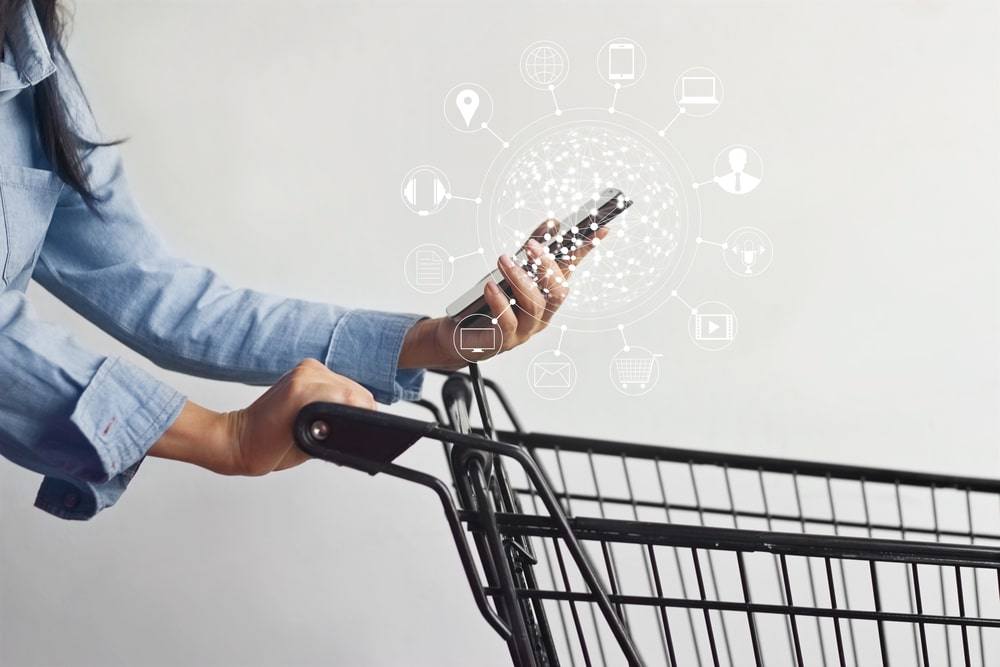
The future of retail is in creating a seamless omnichannel retail experience. Continue reading “3 ways to provide a seamless omnichannel retail experience”
10 tactics retailers are using to increase foot traffic
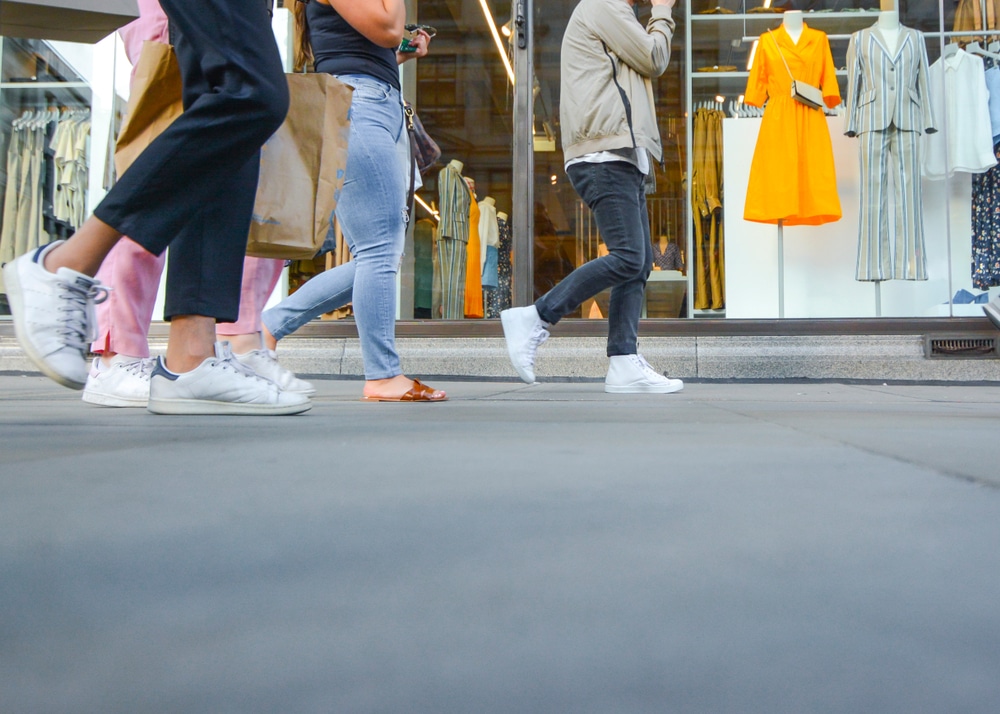
With the convenience that online shopping has provided for consumers, many retailers are left wondering if they should be expending more effort to increase foot traffic in the coming years. Continue reading “10 tactics retailers are using to increase foot traffic”
Learn how to shorten the consumer path to purchase with mobile
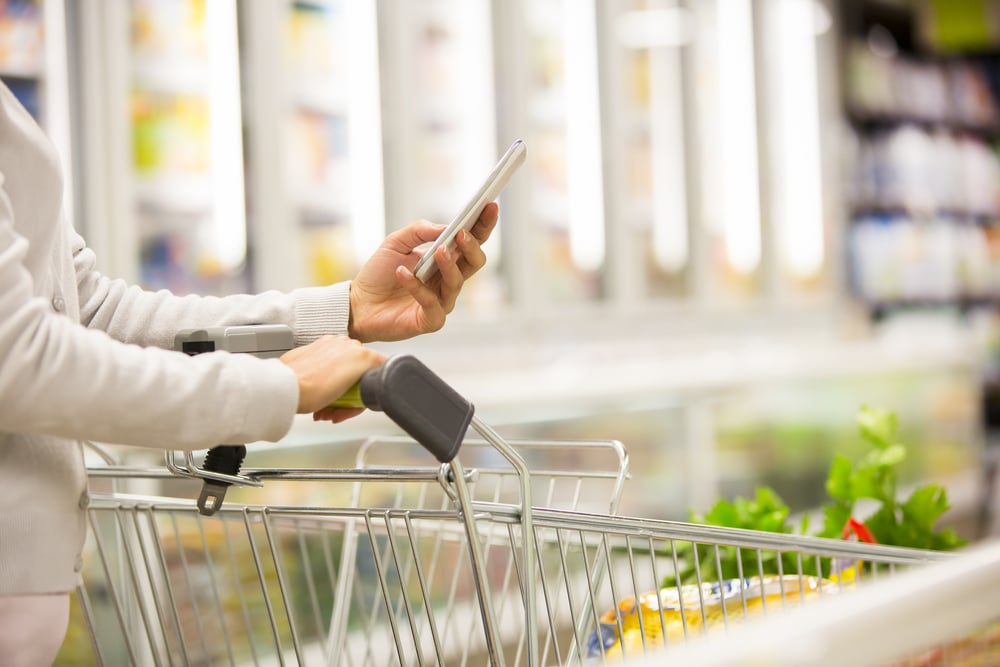
The consumer path to purchase is an important consideration for any retailer looking to reduce marketing costs, improve conversions, lower churn rates, and increase the bottom line. Continue reading “Learn how to shorten the consumer path to purchase with mobile”
How to leverage experiential marketing to keep consumers engaged

Experiential marketing is more than an industry buzzword. It’s quickly becoming the way marketers build brand loyalty. Continue reading “How to leverage experiential marketing to keep consumers engaged”
How retailers are using these 8 innovative shopping experiences to boost consumer engagement
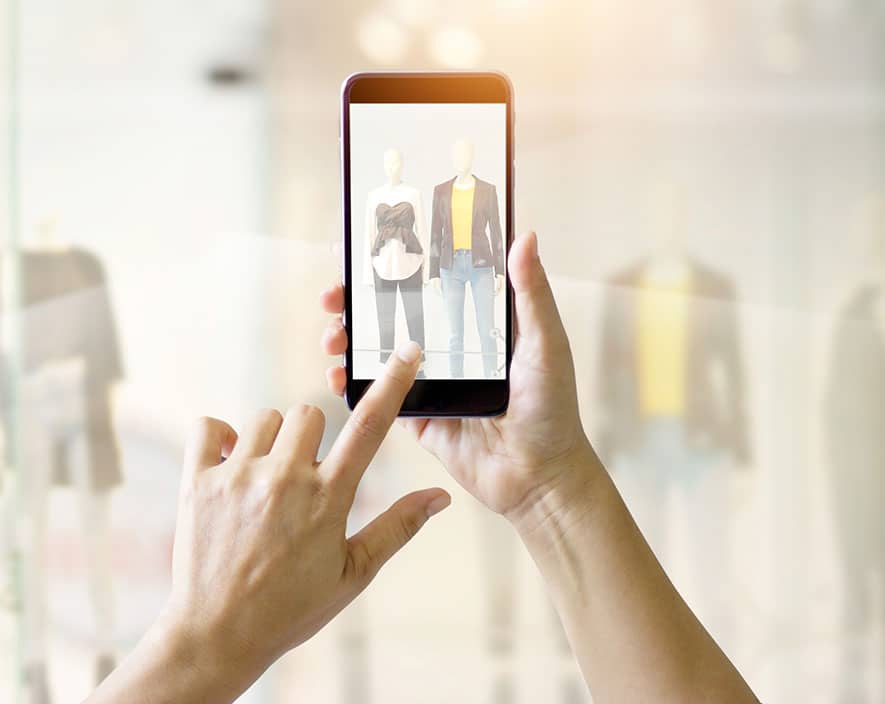
How retailers are using these 8 innovative shopping experiences to boost consumer engagement
Retail brands have to adjust, adapt, and re-evaluate their priorities in order to maintain and expand a customer base in such a market. As a result, stores are now being designed to increase consumer engagement. Retail is no longer about convenience, cost-reduction, or quality. The industry is now dedicated to creating innovative shopping experiences above all else.
The following examples show how smart retailers are stepping up to this challenge, creating exciting omnichannel experiences for customers, and disrupting the industry as we know it.
#1: Augmented Reality
AR technologies broke onto the retail scene back in 2016 and have been rapidly expanding ever since. These tools offer an exciting new experience for customers, who get to experiment with new products from the convenience of their smartphone screens. AR has shifted the way customers purchase clothes, furniture, beauty products, and even cars (as you can see below).
Innovations in beauty
Brands like Sephora, L’Oreal, MAC Cosmetics, and Estee Lauder are taking advantage of AR tech specifically designed for beauty brands. These tools create virtual try-on experiences using a combination of machine learning and facial recognition technology.
A new kind of showroom
Jeep released an app titled Jeep Adventure Reality which uses AR tech to help customers “explore every possibility” by creating their own custom vehicles straight from their iPhones. With 360° views, you can walk around and even go inside your ideal Jeep without ever setting foot in a car dealership.
Try before you buy
Target now lets customers try out potential furniture purchases through AR functionality in the Target app. Customers can click straight from a product page into an AR module that lets customers see how the new furniture would look in their space, easing the journey to conversion.
#2: Frictionless Checkout
Self-checkout is standard—but “no checkout” is the future. When Amazon Go launched their first register-free stores, customers poured in by the thousands to experience a new level of convenience. A combination of computer vision, machine learning, and sensor fusion technologies created Amazon’s “Just Walk Out” formula, which automatically tracks and charges customer purchases and eliminates the need for a register, cashier, or queue. Frictionless shopping is the experience all customers crave, and the retail industry is moving rapidly to accommodate.
#3: Shoppable Social Media
Retailers have been marketing items extensively across social media platforms for years—particularly on image-heavy platforms like Instagram—and consumers have long been clamoring to purchase items seamlessly from within those platforms. Today, Instagram hosts its own checkout platform, YouTube offers a product carousel option, and Twitter provides “Buy Now” functionality. Burberry was one of the first major retailers to take advantage of shoppable social technology, but they certainly weren’t the last. Today’s customers now expect innovative shopping experiences to extend from stores to their social feeds and beyond.
#4: Innovative Rewards Apps
Loyalty programs are also getting a facelift in today’s retail revolution. While sales, discounts, and coupons are still some of the most common strategies used by retailers to entice returning customers, many brands are innovating with rewards apps that don’t eat up profit margins. Proprietary loyalty programs can now be combined with third party apps like Shopkick, which turns an everyday shopping trip into a rewarding and exciting scavenger hunt. Innovative rewards apps like Shopkick drive sales, increase market share, and boost customer engagement for a wide variety of retail brands, including the following:
Stand out from the crowd
Rimmel London used Shopkick to drive customers to their product line and fight the clutter and noise of the cosmetics aisle. Their highly successful trial-in-aisle engagement strategy resulted in 14% market share taken from a competitor and a 5:1 overall ROI.
Nail the big moments
Leading up to the Super Bowl, Tyson Foods used Shopkick to drive foot traffic to their products in Sam’s Club stores. By offering rewards instead of discounts, the brand was able to secure greater in-aisle engagement numbers (57,000, to be exact), sell over 14,000 units, and impact over $193,000 in sales in just two months.
Try something new
Georgia-Pacific encouraged customers to engage with their new Dixie Ultra® Deep Dish Plates by using Shopkick’s rewards app. Shopkick drove customers to seek out the new products in aisle and incentivized actually picking up the product—an experience which ultimately drove incremental purchases from 50% of new shoppers.
#5: Small Format Stores
Small format stores are rapidly changing the face of retail going into 2020—especially those that are storefronts for digital native brands. Bonobos and Modcloth both recently opened innovative small-format stores without carrying inventory. Customers try on the clothing and simply have their purchases delivered later. More recently, the small format store has extended beyond the pop-up shop and the niche retail space. A large group of retailers, including Target and IKEA, are heeding customers’ call for small format shopping experiences. Both of these brands launched small format stores this year with limited inventory and significantly increased customer engagement.
#6: In-Store GPS
Mobile connectivity has solved one of the greatest customer pain points in big box stores: they don’t know where to find things, and they can’t find an employee to ask. Home Depot launched in-store GPS functionality with voice and image search to lead customers directly to their target items straight from their mobile app. In a similar vein, the Lowe’s Innovation Lab recently experimented with a pilot project for LoweBots—AI-driven customer service robots that can answer questions and guide customers through the store. Talk about an innovative shopping experience!
#7: Subscription Services
Companies like Birchbox and Fab Fit Fun may have launched back in 2010—but they’re booming now thanks in part to aggressive influencer marketing strategies and the public’s desire for innovative shopping experiences. Subscription services aren’t just for beauty brands anymore. Gwynnie Bee, Stitchfix, and thredUP all offer apparel options, while companies like BarkBox and Dollar Shave Club are making the rounds in more surprising categories. Even HP offers an Instant Ink subscription service to alleviate the hassle of purchasing refills. Subscription services combine the elements of personalization and surprise—both of which are both highly lucrative in today’s retail market.
#8: Experiential Concepts
Experiential retail is a valuable extension of the small-format trend, and has grown so popular it deserves its own mention here. Concept stores have cropped up in the last year from brands as small as Flowerboy Project all the way up to household names like Nike and Adidas. The goal: to provide such an innovative shopping experience that thousands of customers will be attracted into the store just to witness it for themselves. There is nothing more exciting in today’s retail market than the experiential concept store—and executives are behind it as a money-making strategy for retailers looking to expand into new markets. We’ve highlighted some groundbreaking examples below.
Care for a nap?
Casper entered into the brick-and-mortar retail scene with a powerful concept store, which housed a collection of small “houses” where customers could take naps and test their mattress selection. Never in the history of retail have more customers walked through a mattress store “just for fun.”
Think multiuse
House of Vans London is an example of a concept store that’s more concept than store, and infinitely more popular because of it. The location houses cultural events, bars, workshops, a cinema space, and the only indoor skate park in the entire city of London—which is free and open to the public. Vans now benefits from the crowds of tourists and locals who flock to London’s hottest skate destination.
Opposites attract
When Capital One launched their first video advertisements for Capital One Cafe, some people called them crazy. Wiser onlookers saw the biggest innovation in the banking industry since the advent of the ATM. Capital One created a space where community events, lunch meetings, and finance coexist—bringing in new customers by the thousands.
How to improve customer engagement in retail

Today’s forward-thinking retailers aren’t just focused on attracting or retaining customers. Continue reading “How to improve customer engagement in retail”

